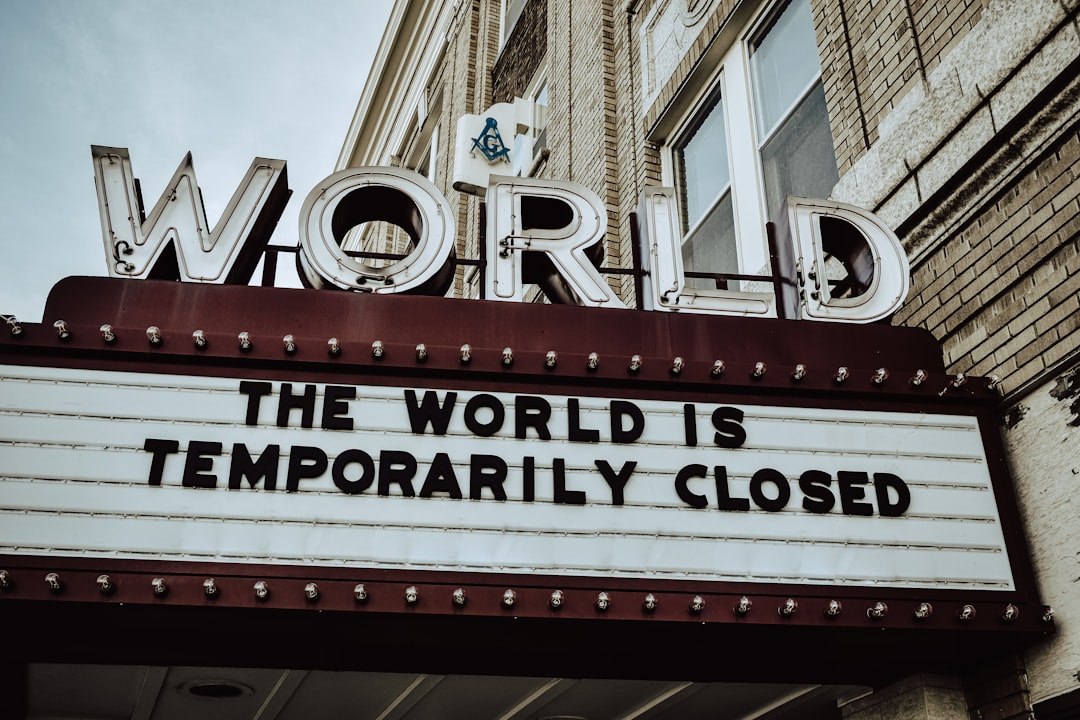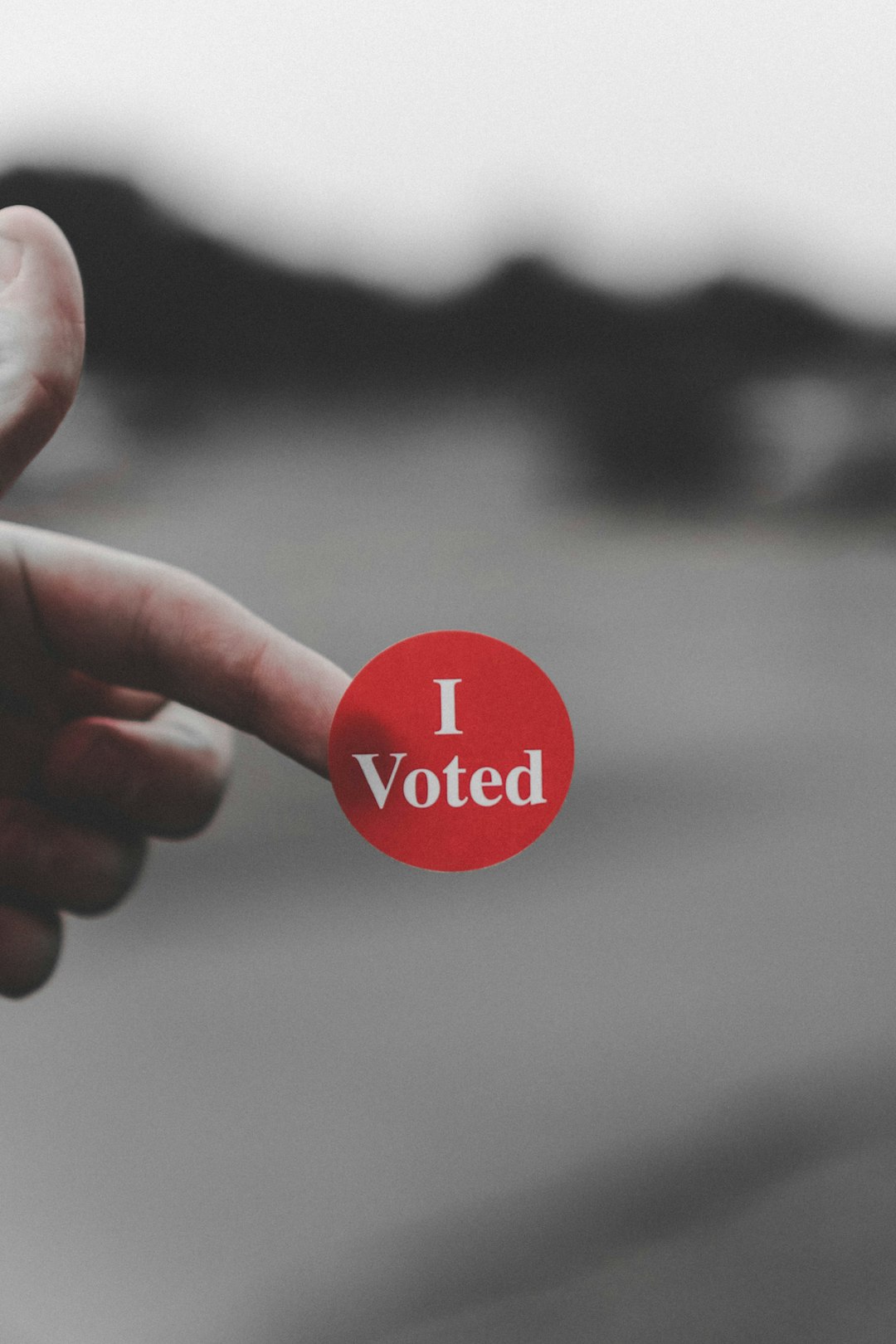
Top Economic Challenges Facing Emerging Markets
# Introduction. Emerging markets have long been touted as the next big opportunity for global investors and businesses. However, they come with a unique set of challenges that can impact their economic growth and development. This post explores the most pressing economic challenges facing these markets, highlighting their implications for the global economy and business strategies. # 1. Political Instability. Political instability is among the foremost concerns for emerging markets. In many cases, these nations experience significant upheaval, from protests against government policies to coups and regime changes. Such instability creates an unpredictable environment, making it difficult for businesses to plan long-term investments. Companies often find themselves facing heightened risks associated with expropriation, regulatory changes, or even violence. Moreover, political instability can deter foreign direct investment, which is often critical for economic growth. Without a stable political environment, the ripple effects can hinder the overall development of industries and infrastructures vital for sustained economic progress. # 2. Currency Volatility. The foreign exchange market may be equally volatile in emerging economies, significantly affecting businesses and investors. Fluctuations in currency values can lead to unpredictable finance outcomes for multinational companies operating in these markets. Sudden devaluations can erode profit margins for businesses that rely heavily on imports or have exposure to foreign currency debts. Furthermore, currency volatility often deters investment, as investors may see these fluctuations as a signal of impending economic instability. As emerging markets try to stabilize their currencies, they may implement interventions that can have unintended consequences, such as inflation spikes or capital outflows. # 3. Inflationary Pressures. Emerging markets often grapple with inflation, which can destabilize economies and erode consumers' purchasing power. High inflation rates can stem from various factors, including rising global commodity prices, political uncertainty, and supply chain disruptions. When inflation is rampant, central banks may be compelled to raise interest rates, slowing economic growth. Businesses then face the dual challenge of increasing operational costs while dealing with reduced consumer spending. Additionally, uncontrolled inflation can lead to social unrest, further complicating economic recovery for these nations. # 4. Infrastructure Deficits. Effective infrastructure is a cornerstone of economic development, but many emerging markets face significant infrastructure deficits. Outdated transportation systems, inadequate energy supply, and insufficient communication networks can severely hinder business operations and economic growth. Inadequate infrastructure not only makes it difficult for businesses to reach customers but also discourages foreign investments. To overcome these challenges, emerging economies often require substantial investments in their infrastructure, which can be difficult to source in volatile economic climates. Developing these structural assets is crucial for supporting long-term growth and competitiveness in a globalized economy. # 5. Limited Access to Finance. Access to finance remains a significant barrier for businesses operating in emerging markets. Local banks may lack the capital needed to provide loans or may impose exorbitant interest rates that stifle growth prospects for small and medium enterprises (SMEs). Moreover, without a well-developed financial infrastructure, businesses may find it challenging to secure necessary financing for expansion or operational improvements. This lack of financial support restricts entrepreneurship and innovation, raising the risk of stagnation in these economies. Governments may need to explore innovative financing solutions, such as public-private partnerships, to bridge these gaps. # Conclusion. Emerging markets present tantalizing opportunities for investors and businesses but are fraught with unique economic challenges. Political instability, currency volatility, inflationary pressures, infrastructure deficits, and limited access to finance are critical elements that impact economic growth in these regions. Addressing these challenges requires proactive and coordinated efforts from governments, businesses, and international organizations. As the global economy continues to evolve, understanding these dynamics is vital for any stakeholder looking to navigate the complexities of emerging markets successfully. .







